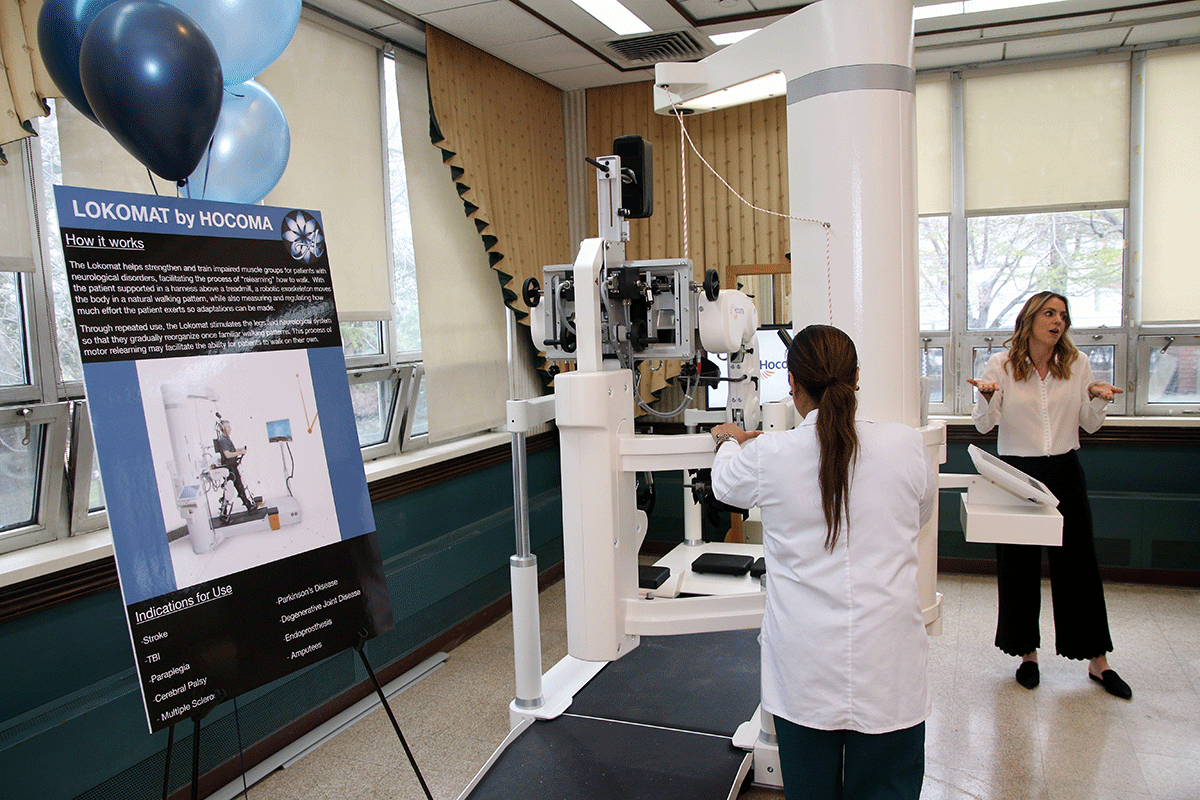What’s Next: Robotics in Elder Care
May 10, 2018

As the number of elderly around the world climbs, the global rehab robots market is expected to grow, as well. Demand for robotic technologies will continue to rise as patients and families seek better care, and our society struggles to maintain the ratio of medical caregivers to elderly patients. In the US alone, the healthcare industry employs over 4.5 million nursing aides, orderlies, home health aides and personal care aides. And we still face a shortage of skilled labor. Robots can potentially bridge that divide.
We already know that robotics are being used to assist in physical therapy, and that – in limited instances – robots now perform surgeries and serve as companion caretakers. But eldercare robotics is still at an early stage in the overall market lifecycle, with many new technologies still in development. So what are the next real-life advancements we can expect to see in the future?
Older patients have many needs. The focus on emerging technologies seeks to support the elderly with every aspect of their daily lives, from companionship to hygiene to medications.
Older patients dealing with social isolation and loneliness are at an increased risk for a variety of ailments. Support robots are already being used in countries like Japan and Germany to help keep their human companions mentally and socially engaged, thus enabling them to live longer, healthier lives. Such robots are capable of entertaining patients with memory games while performing other tasks like keeping track of medicine intake, administering wake-up calls and ferrying food and drinks around. Some nursing homes are even deploying robotic pets to assist with depression.
Other robots focus on many of the more mundane aspects of daily living. Deployment of these technologies in the home may help older adults live on their own longer before relocating to assisted living or nursing homes. And they’ll most certainly play a role in assisted living and nursing home environments where staffing shortages are a concern. In the short-term, we can expect to see more robots helping adults with daily tasks like eating, bathing, dressing, sitting or standing up, and house chores like mowing, laundry, mopping or vacuuming. Some of these technologies are already on the market, others are still in development or being tested in pilot programs.
And after that? Robotics advancements will eventually attempt to take on more precise, complicated tasks like inserting IVs, clipping toenails, assessing vital signs, and more. We may not be ready for that yet, but we also know that the percentage of people aged 65 or older in the US is expected to rise to roughly 26 percent by 2050. Robots are emerging as a way to both address caregiver shortages and curb patient costs.
The Allure Group plans to stay at the forefront of this wave, adopting new technologies as they are proven to be safe and effective, and setting the highest standard of care for the industry.

